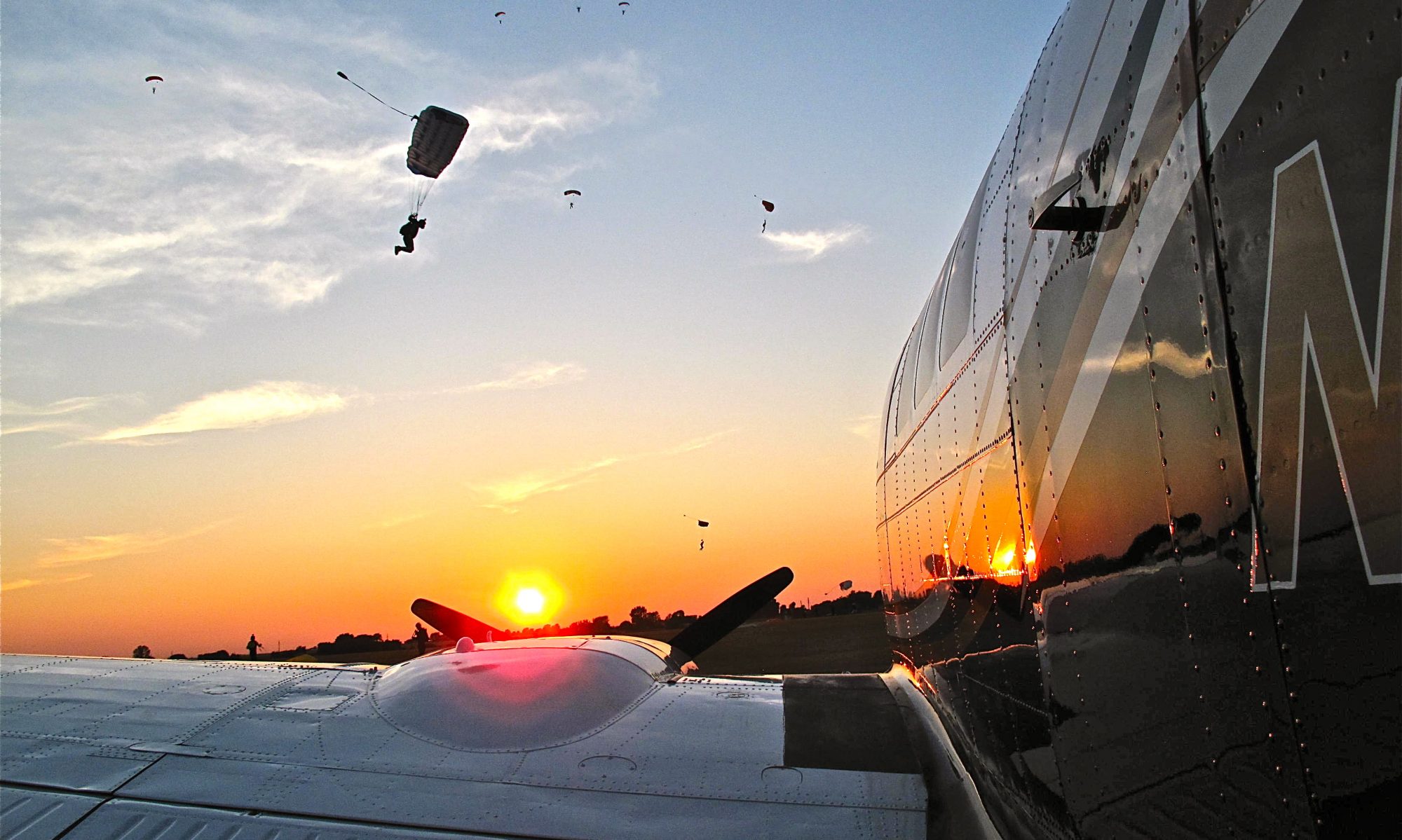Lost opportunities, IV
By lex, on June 10th, 2007
When the no-fly zones were first instituted following Saddam’s brutal suppression of the Shia in the south, Navy and Air Force fighters filled the counter-air lanes more or less continuously – a needlessly wearing pace of operations, especially after 1992 when the Iraqi Air Force stopped tempting fate by trolling around below the 32nd parallel. By the late 90′s, operations had become routinized, almost to a fault, with large force packages of anywhere between 8 and 20 aircraft assembling for fixed lengths known and “vul windows” and then returning either to airbases in Saudi or back to the aircraft carrier(s) at sea in the Arabian Gulf.
At first we used to have two dedicated lanes of defensive counter-air (DCA), plus a strike package of four to eight jets milling about in the middle supported by at least one EA-6B Prowler for electronic warfare support. To that Prowler would also typically be attached a two-ship of FA-18′s in close escort, while an E-2 patrolled just south of the Iraqi border to provide long range radar search and command and control. Bucket brigades of S-3′s came off mission searching the northern gulf for oil smugglers long enough to bring gas to thirsty mid-cycle fighters in Kuwait, while lumbering USAF tankers filled air refueling tracks in the gulf and KSA as well. In time we dispensed with the dedicated DCA almost entirely, since – apart from the closely protected Prowler – all of the TACAIR in country had a robust self-defense capability.
In the weeks and months immediately following Operation Desert Fox, above and beyond emplacing surface-to-air missile batteries in the southern No-Fly zone, Saddam had taken to randomly launching a fighter or two at the end of each vul window. They would trail the exiting force packages out of “the box” in order to give Saddam the propaganda victory of claiming that his invincible air force had once again chased away the “cowardly ravens” of the coalition. Much thought and no small amount of jet gas was spent pondering ways to catch these bandits in their poaching across the line, but to no avail – the MiG launches were not frequent enough to justify a level of effort operation, and having no real tactical or strategic impact were ignored by the heavies.
But not by us, we few, we happy few, we band of box hoppers. We avidly devoured the after action reports of these sorties with glittering eyes, imagining. Visualizing the tactics that would put us in position to shoot. Seeing the kill.
Continued:







